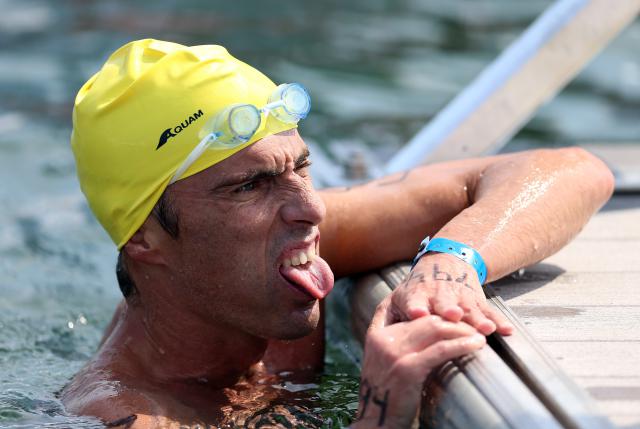Dealing With Swimming Fatigue: Tips To Follow

Swimming, apart from being an amazing exercise for keeping healthy, fit and fresh, is also one that calls for immense physical as well as mental strength. A swimmer needs to be physically strong to keep moving his arms, legs and his entire body in the desired manner and he needs to be mentally alert to just keep going. However, no matter how expert a swimmer you are, the feeling of fatigue after a point of time is bound to hit you. The sudden heaviness and numbness in the arms and legs have been experienced by all swimmers at some point of time or the other. Even open water swimmers and triathletes who are supposed to be among the best performers, feel fatigued even if that comes after numerous lengths. So, irrespective of the exact point when you start feeling fatigued, there are some proven ways in which in you which you can avoid the feeling of fatigue or at least, keep its effect to the minimum.
Expert swim trainers offering you with swimming lessons in Pearland TX will typically offer you with some essential tips and advice for swimming faster, better and for a longer duration. But, as a swimmer, you are the best person to understand your body and what suits you better. Here, let’s discuss some of the best ways of avoiding fatigue while having your way in the waters.
Above all, keep practicing and following the guidance offered by the swim trainers. As a swimmer, participating in competitions will require you to overcome fatigue as much as possible and these techniques will surely help you out accordingly.
